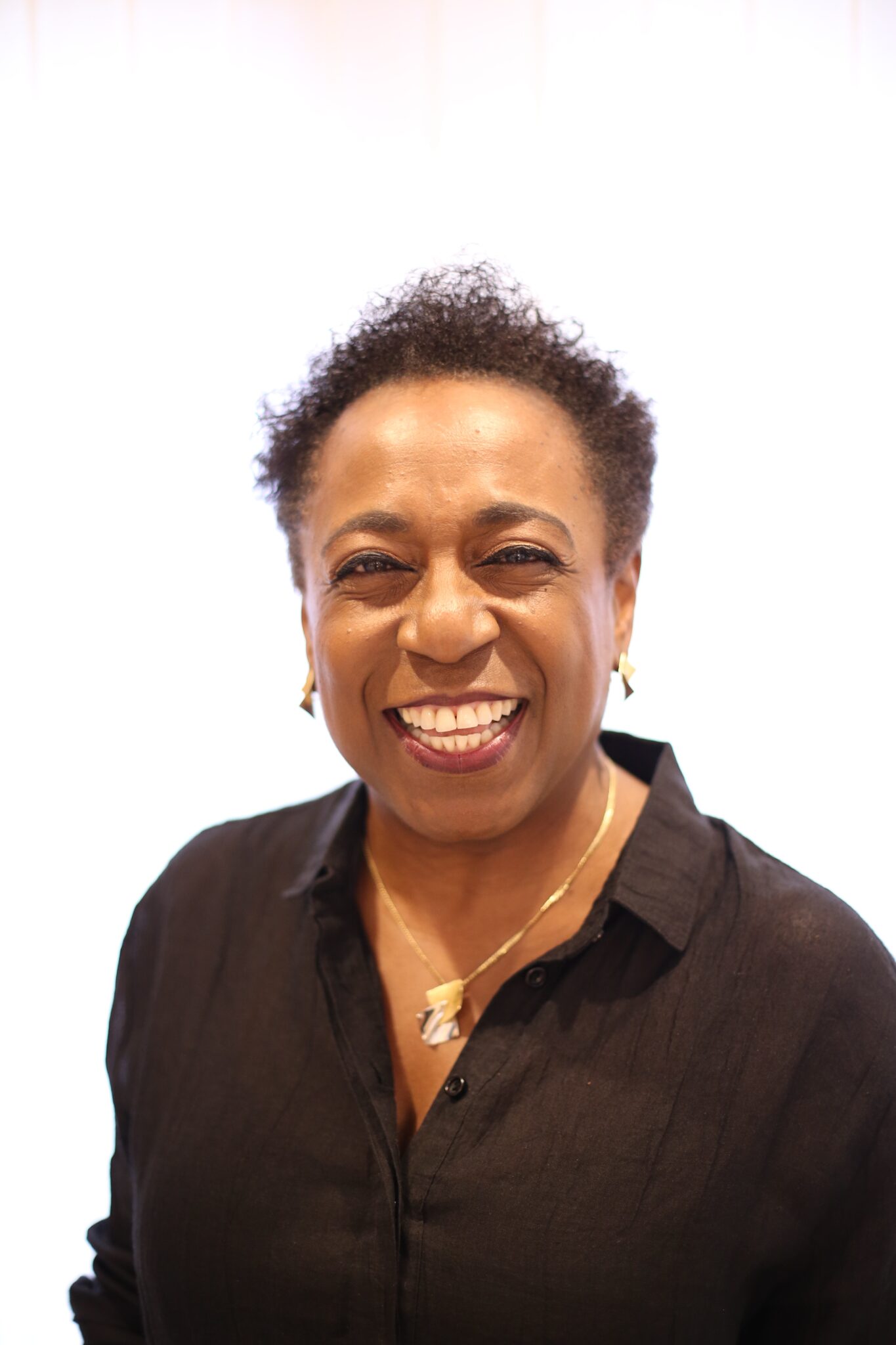An effective DE&I strategy can be the difference between a good company and a great company. It can improve your innovation, help you identify new commercial avenues, and attract the best and brightest talent to your doorstep.
But whilst many organisations have committed to creating more equitable and diverse workplaces, progress has not been fast enough as many leaders prioritise the status quo over bold change. For HR and business leaders to truly make a difference in 2024, they need to go beyond the basics in their DE&I strategies.
Here are nine resolutions that you can start implementing in your organisations to drive this change.
-
Set a plan of action for training
DE&I training has lost a lot of credibility to date, but that is mainly down to a lack of follow through from those leading it. To counter this, ask everyone who participates in recruitment, regardless of their background and specialism, to devise a plan of action for improvement of their HR processes based around what they have learnt. This should encompass everything from attraction, selection, hiring and onboarding. Giving people tangible action plans and review periods can help them apply their learning more effectively and ensure that the training is targeted towards making positive changes.
-
Identify limitations in your job adverts
Job adverts offer potential employees a window into your company, so it’s important to make the best first impression. This is especially important in ensuring that your briefs are as free of bias as possible, especially in terms of the language used. Jargon loaded adverts have been found to dissuade potential applicants, especially those early in their careers who may not be familiar with certain acronyms and business terminology.
Likewise, research has found that job descriptions which use adjectives like ‘competitive’ and ‘dominant’ can be perceived as having a gender bias which deters candidates from applying even if they possess the necessary qualifications and experience. To encourage as diverse a talent pool as possible, use neutral, clear language and be very explicit about what the role entails. Don’t be afraid to seek the input of specialist advisers in the world of DE&I and talent acquisition to achieve this.
-
Increase accountability
Achieving your DE&I objectives is a marathon, not a sprint. Therefore, you must set stretching, measurable targets for the year ahead and hold your most senior stakeholders accountable for their progress. Doing so ensures that their actions align with their objectives and encourages leaders to embed these plans into their every-day activities across the organisation. Implementing internal recognition measures and rewards – both financial and non-financial – can also help to keep people engaged in the process of achieving targets.
-
Embrace AI
Artificial intelligence has been a key workplace trend for 2023 with many organisations introducing it to streamline their processes. When applied well, it can enhance and advance your DE&I strategies, especially in terms of recruitment and training needs. However, there have been various instances where it has been found to demonstrate biases during the recruitment and decision-making process. It’s vital, therefore, that HR leaders possess a thorough understanding of its application in the context of their organisations in order to prevent it having a negative impact on your DE&I ambitions.
-
Diversify your feedback loop
When our work schedules become loaded, we can often find ourselves falling into a default pattern and closing ourselves off to the wider world. However, widening the group with whom you seek feedback can highlight areas of improvement and new ways of thinking about processes.
Involve leaders and Employee Resource Groups – ERGs – who represent under-represented groups in your organisation throughout the recruitment and selection process. Ask for their thoughts on the design of your processes and ensure you action these changes wherever possible. If you’re working with head-hunters and specialist search firms, insist they present you with diverse longlists and shortlists as well as ensure that they are also prioritising representation in their teams and understand what it means to be inclusive.
-
Make Day 1 count
No matter whether it’s a graduate or incoming board member, it’s vital that you make Day 1 count. Tailor their induction to their needs and set up a support network with buddies, mentors and colleagues who all know exactly what is expected of them. Introduce regularly check-ins arranged with the employee’s needs in mind rather than being led by KPIs.
Finally, celebrate them joining with their teams and the wider organisation to cement their sense of belonging from the start of their employment.
-
Think about the next generation of leaders
Building a diverse talent pipeline requires organisations to take a long-term approach. Engage in this process as early as possible by identifying and partnering with local schools who will support your social mobility goals.
Arrange for speakers and storytellers to visit the classrooms to share their insights about their career and the company, as well as opening up your offices to school visits and more to ensure that your organisations is seen as a friendly, familiar environment and a brand where everyone will belong.
-
Explore external networks
There are many incredible organisations and community networks dedicated to improving DE&I which offer the opportunity to broaden and diversify the networks of individuals within your teams.
Enrol in membership schemes that provide development and training for employees and identify specific groups that you can work with who are focused on the advancement of people from under-represented backgrounds. These could be specific for your industry or outside of it. Building connections with key people from these groups will enable you to exchange ideas, share best practices and access a rich talent pool.
-
Support others making strides
If we’re to drive true change and create diverse, inclusive organisations, we need to all be in this together. As such, it’s important to recognise and learn from others who are making strides in these areas.
Participating and sponsoring programmes or awards that celebrate individuals who have been pivotal in achieving DE&I progress will allow you to strengthen your network and raise your profile as a positive employer to an external audience. Importantly, it also sends a message to your employees that positive change should be celebrated regardless of where it comes from and that your organisation is committed to driving change for the benefit of society as a whole.
Yetunde Hofmann is a Portfolio Non-Executive Director; a Board level leadership coach and mentor; global change and inclusion advisor; author of Beyond Engagement; and Founder of the Solaris Executive Leadership Development Academy.











